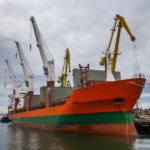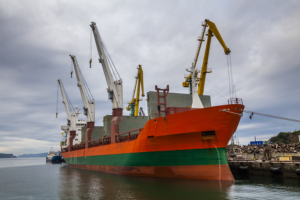After a poor November, air cargo transport saw a strong positive response in December. Because of congestion at major airports, growth was just 3.9 percent in month 11 but reached 8.9 percent in the next month. The end-of-year bounce has contributed to a 6.9 percent gain in cargo volume for the entire year.
North American airline growth was among the best in December. Global demand increased by 20.5 percent compared to the same period in 2019. The sector saw a 20.2 percent increase in shipment volumes for the year, thanks to significant government stimulus and healthy consumer expenditure. Capacitance escaped unhurt as they guarantee additional planes for the trans-Pacific region.
A shortage of skilled workers and supply chain interruptions hampered expansion potential in 2021, yet many enterprises remained open for air cargo. Because of the number of limitations, passenger numbers have remained stagnant since the beginning of the pandemic. Overall, the figures indicate that 2022 will have progress.
Why air cargo is growing?
The rise in air freight has relation to several factors. Increases in industrial production, low inventory levels, shipping interruptions, and pandemic outbreaks that need the use of equipment. The spreading sickness may also induce factories and freight forwarders to postpone work, resulting in a reduction in the volume of air freight carried.
More than half of pre-crisis freight was carried in the belly of passenger planes.
Without the omicron variety, the number of passengers in December was down 45 percent from the previous year. Passenger throughput was down 58.4 percent in 2019 overall, and 75.5 percent for foreign travel, with 65.3 percent less capacity.
Before Omicron, international traffic was rebounding strongly, except for the Asia-Pacific area. There, the struggle against pandemics was more fierce, and border controls were more stringent.
China, for example, has temporarily prohibited travel from certain countries, and new visitors must undergo testing and be isolated for 14 days.



















